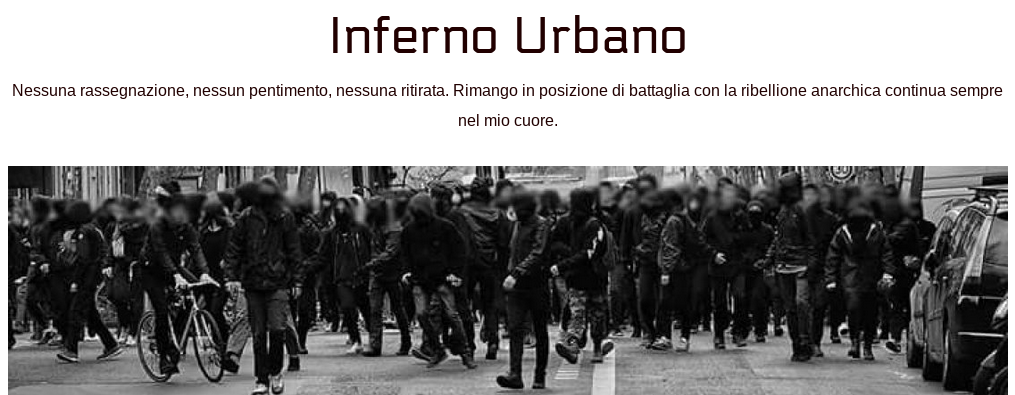For years, social and environmental struggles have been widely considered as a defensive strategy, as was the case with the labor law, the Z.A.D, the start of the yellow vests movement, and, more recently, the fight against pension reform.
In essence, defensive strategy cannot lead to victories; at worst, it leads to defeats and, at best, it does not change anything.
The defensive strategy is still important, but we cannot hope to obtain a change of society only with defensive strategies.
It is therefore essential to switch to an offensive strategy if we are to see a change in society. There are many offensive strategies. We are going to develop here the guerrilla strategy, as the horizon of the struggle to come.
Obviously, before starting to define precisely a strategy and tactics, it will be necessary to think upstream about the problems of the society and our objectives.
What are the conditions for starting a guerrilla war?
Guerrilla warfare is an option to consider if we are less strong than the opposing camp.
Let’s face it, the police are stronger than us now. We can consider that the police are not on our side, since they carry out state orders and suppress our struggles.
To start a guerrilla war, it is also necessary to be supported by a not insignificant part of the population, even if this one will not necessarily come to the front of fight.
Typically, a guerrilla war can be launched in an oligarchic and authoritarian state, where a large part of the population does not support its authoritarian excesses.
Note that a guerrilla war is not synonymous with an armed struggle, or a bloody conflict.
Guerrilla warfare is first and foremost a strategy, mainly consisting of acts of sabotage, asymmetric clashes, communication and resilience.
Here are some principles of this strategy:
- Act in stealth, the actions must be of short duration, which will prevent the opposing camp from gaining the upper hand in the situation.
- Avoid confrontation with the police forces, which have a significant force of repression. The asymmetric conflict in your favor is to be prioritized. Note that the demonstrations as we know them today in France still have their place in a guerrilla perspective.
- A very intense repetition of actions, no matter how large they are. We must not give the opponent a moment’s respite.
- Carry out actions on different targets to destabilize the opponent.
- Ensure that the actions are communicated publicly, especially via social networks and various media. (all without compromising the safety of the action.)
- Prepare actions and follow plans well prepared in advance; also provide emergency plans. This will reduce the chances that your action will be confused and go wrong.
- Act by surprise at an unexpected time or place.
- Act on a vulnerability of the opposing camp.
- Disperse immediately after the action and return to “normal” life to avoid reprisals from the opposing camp.
- Carry out intelligence work on targets (work to be done preferably by people who will not be there at the time of the action)
- Form action groups of very small sizes (try not to be more than three). A larger number will increase the chances of compromising your security, as well as the proper follow-up of the plan.
- Set up resilient and united initiatives of the struggle front.
Once the strategy is established, it is now necessary to choose the targets.
You have to think about the impact of the action, as well as the ease of carrying it out. It is also important to think about the risks involved and take them into account.
To choose a target methodically, there are these different questions:
Criticality: How critical is the target to your primary objective?
Accessibility: Is the target easy to access?
Repairability: How long will it take to repair the target?
Vulnerability: Is it easy to damage the target?
Effect: How much will losing the target harm your opponent?
Recognition: Is the target easy to identify?
[…]
[Translated by AMW English]






















































